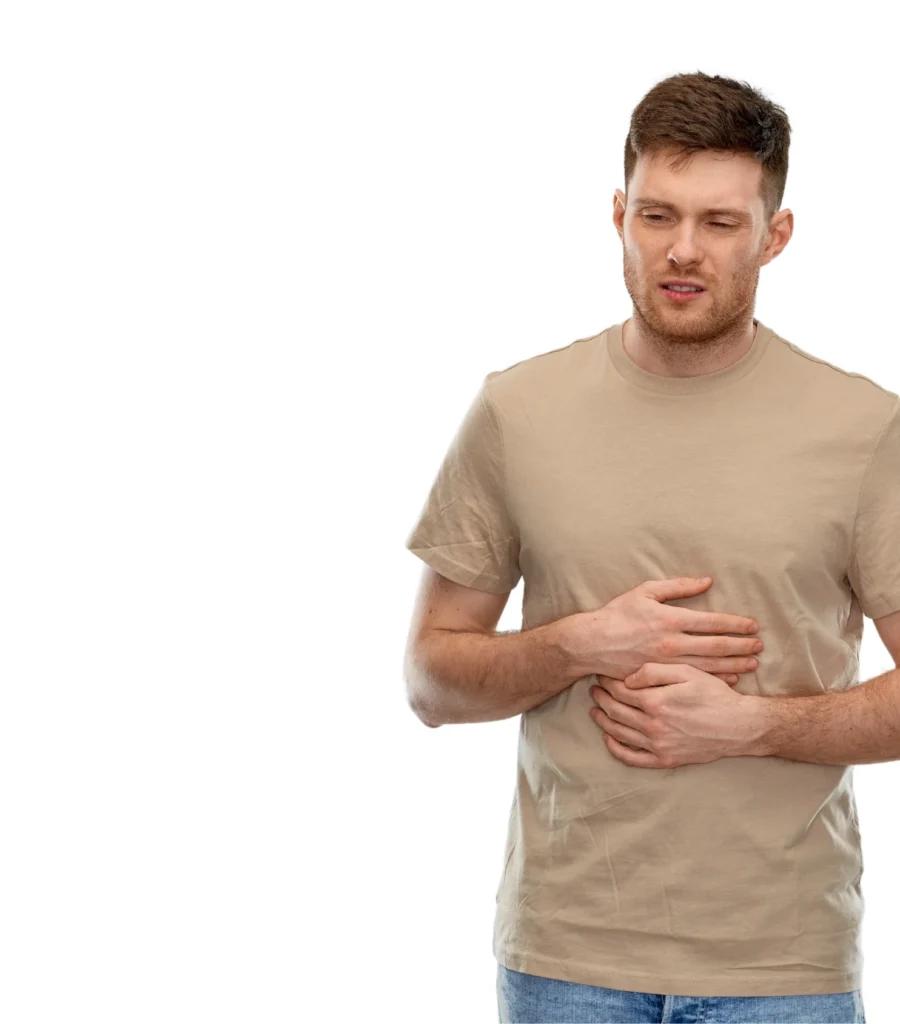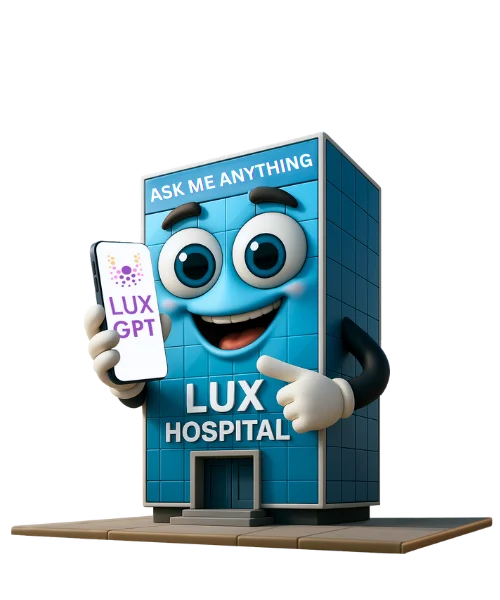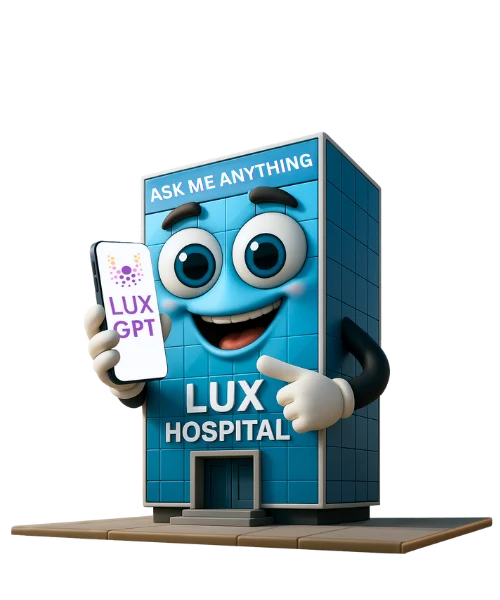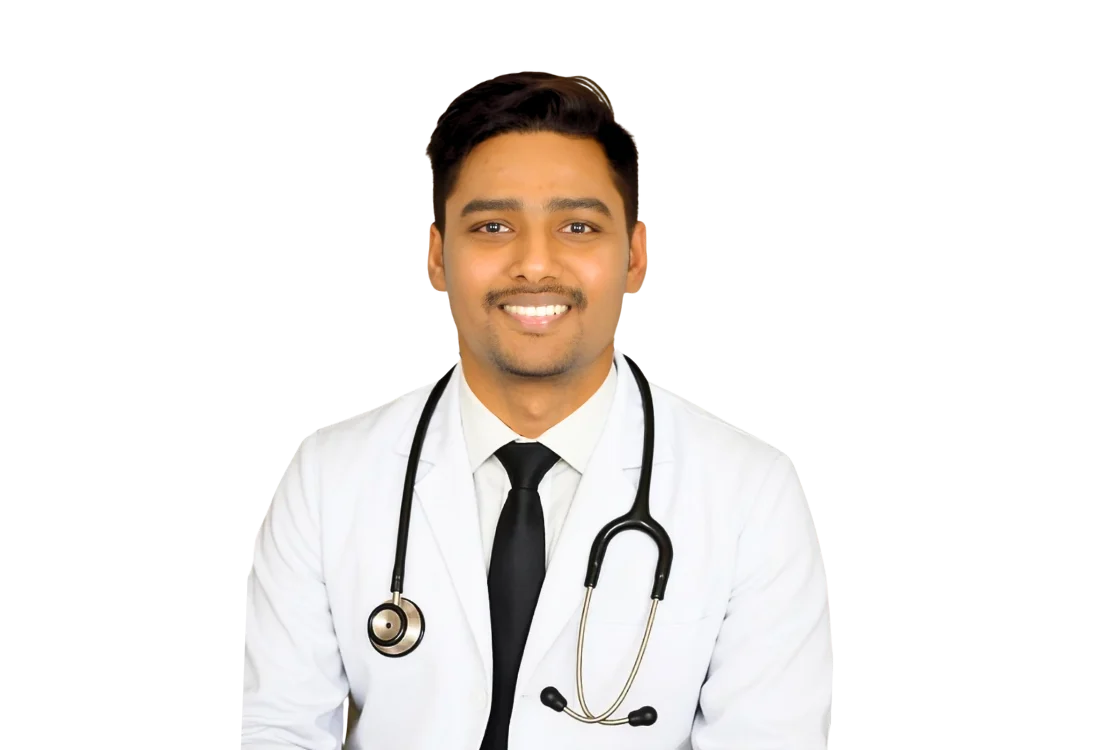
Gallbladder Treatment in Hyderabad – Expert Care at Lux Hospitals
Gallbladder diseases, such as inflammation (cholecystitis) and gallstones, can cause significant pain, bloating, and digestive issues. These conditions may lead to complications if left untreated. Early diagnosis, through tests like ultrasounds, and appropriate treatment, including medication or surgery, can help prevent further issues and ensure a smooth recovery, restoring digestive health and comfort. At Lux Hospitals, our highly experienced surgeons specialise in gallbladder surgery in Hyderabad, providing advanced and minimally invasive Gallbladder treatment options.
What is Gallbladder, and Why is it Important?
Some of the Common gallbladder diseases include:
- Gallbladder stones (Gallstones): Hard deposits that cause pain and block bile flow.
- Gallbladder polyps: Growths that may require monitoring or removal.
- Cholecystitis: Inflammation, often caused by gallstones, leading to severe pain.
- Gallbladder dysfunction: Poor bile flow affecting digestion.
- Gallbladder cancer: A rare but serious condition needing immediate treatment.
Causes of Gallbladder Diseases
Gallbladder diseases can develop due to various factors affecting bile production and storage. Common causes include:
- Gallstones are hardened deposits of cholesterol or bilirubin that block bile flow.
- Gallstones, infections, or bile duct obstruction can cause inflammation in the Gallbladder.
- Bile duct blockage occurs due to stones, tumors, or scarring, leading to digestive issues.
- Infections can trigger gallbladder inflammation and cause symptoms like fever.
- Obesity and a poor diet are high in fat and low in fibre contribute to gallstone formation.
- Rapid weight loss can alter bile composition and increase the risk of gallstones.
Symptoms of Gallbladder Disease
If you experience any of the following symptoms, consult the best gallbladder doctor in Hyderabad:
- Extreme pain in the upper right abdomen or back.
- Nausea or vomiting, especially after fatty meals
- Digestive discomfort and bloating
- Fever or jaundice (yellowing of the skin)
Advanced Gallbladder Treatment Options in Hyderabad
Gallstone treatment and gallbladder disease management offer several options for individuals diagnosed with gallstones or other gallbladder conditions.
- Medications: In some cases, oral medications can help dissolve smaller stones, but they are not a permanent solution.
- Non-Surgical Approaches: Lifestyle changes, such as dietary modifications and weight management, may help manage gallbladder conditions.
- Minimally Invasive Surgery: When gallstones cause intense pain or health issues, surgery is often the best treatment option.If gallbladder stones lead to severe symptoms, gallbladder surgery in Hyderabad is the best option.
Benefits of Laparoscopic Gallbladder Removal:
- Faster recovery time
- Minimal scarring
- Reduced risk of complications
- Shorter hospital stay
For patients with persistent symptoms and recurring gallstones, this procedure is often the most effective long-term solution.
When Should You Consider Gallbladder Surgery?
You should consider gallbladder surgery if you experience:
- You experience frequent or severe pain due to gallstones.
- Your Gallbladder is inflamed or infected.
- You have complications such as bile duct obstruction.

Dr. Abhishek Katha
MBBS, MS, FMAS
Speciality : Consultant General & Advanced Laparoscopic Surgeon
Experience : 16 years

Dr. Samhitha Reddy
MBBS, MS, FISCP, FMAS, DMAS
Speciality : Consultant Proctologist & Laparoscopic Surgeon
Experience : 8 years
When is Gallbladder Removal Necessary?
Cholecystectomy removal is typically recommended when:
- There are frequent gallstone attacks causing severe pain.
- The Gallbladder becomes inflamed (cholecystitis).
- Gallbladder polyps are detected and pose a risk of complications.
- There is a blockage in the bile ducts leading to digestive issues.
While gallbladder removal is generally safe, some patients may experience cholecystectomy removal side effects such as temporary digestive changes. However, most people adapt well, and their digestive system functions normally without the Gallbladder.
Why Choose Lux Hospitals for Gallbladder Treatment in Hyderabad?
- Experienced Surgeons: Our team of specialists ensures high success rates and personalised care.
- Advanced Technology: For a quick and smooth recovery, we use advanced laparoscopic techniques.
- Comprehensive Care: From diagnosis to post-surgical follow-ups, we ensure holistic gallbladder treatment.
- Convenient Location: Our hospital in Gachibowli, Hyderabad, is easily accessible


Testimonials
"She was well recovered with in 2 days"
My mother was suffering with Gallstone problem... Abhishek sir has given very good treatment... she was well recovered with in 2 days... Thank you sir... And staff and management also very soft in behaviour and nurse treatment also very good…

Reddy Narayana Reddy
"Worried about my hernia surgery"
I was worried about my hernia surgery, but Dr. Abhishek sir gave us confidence to undergo surgery. It took exactly 4 days for me to get back to normal after the surgery. Very happy with treatment

Raj Kamal
"My hubby is absolutely fine "
Hi Doctor, you have been extremely kind and patient towards the problem we went to visit you with. My hubby is absolutely fine after the surgery. And we whole heartedly thank you for that. Please be like this always.we wish you a magnificient career.

Sohini Banerjee
"Great experience from the review and till discharge"
Had surgery for removal of painful multiple lipomas ,had a great experience from the review and till discharge, finally satisfied in this place ,handled by Dr. Abhishek. Highly recommended, Lux hopsital for Lipomas Surgery in Hyderabad.

Ram Ram
"Helped me so much with my varicose veins. Surgery"
Lux Hospitals’ team really cares! They helped me so much with my varicose veins. Surgery done by Dr Abhishek sir. He is very experience surgeon. Doctor spoke with us very well and gave confidence to undergo surgery.

Bhushan Kumar
Latest Health Articles by Lux
Frequently Asked Questions
The first signs of a bad gallbladder may include sudden, severe pain in the upper right abdomen, nausea, vomiting, bloating, and indigestion, especially after eating fatty foods.
The gallbladder stores bile produced by the liver and releases it into the small intestine to aid in the digestion of fats.The gallbladder stores bile produced by the liver and releases it into the small intestine to aid in the digestion of fats.
For gallbladder diseases, consult a general surgeon for diagnosis and a general surgeon if surgery is needed. At Lux Hospitals, we have expert surgeons specializing in treating gallstones, inflammation, and other gallbladder conditions.
Gallbladder surgery, such as a cholecystectomy, is generally safe but, like any surgery, carries some risks. These can include infection, bleeding, and injury to nearby organs, but serious complications are rare.
Most people experience an improvement in symptoms after gallbladder removal, especially if they have frequent pain or digestive issues. However, some may need to adjust their diet to avoid discomfort..
Yes, you can live without a gallbladder. The liver still produces bile, which flows directly into the small intestine to aid digestion.
Gallstones larger than 2-3 cm are considered more dangerous as they have a higher risk of causing complications like blockages or infections.
Treatment for gallbladder sludge may include dietary changes, medications to dissolve the sludge, and in some cases, surgery if complications arise.
Lux Hospitals is considered one of the best for gallbladder surgery due to its advanced medical technology, skilled surgeons, and comprehensive patient care for successful outcomes.
The cost of gallbladder treatment in Hyderabad varies based on the type of treatment, hospital facilities, and doctor expertise. At Lux Hospitals, we offer personalized care using advanced, minimally invasive techniques. Contact us to know your estimated cost and insurance coverage options.
You can book an appointment online via our website or call us directly. Walk-ins are accepted, but pre-booking is recommended for quicker service.


















